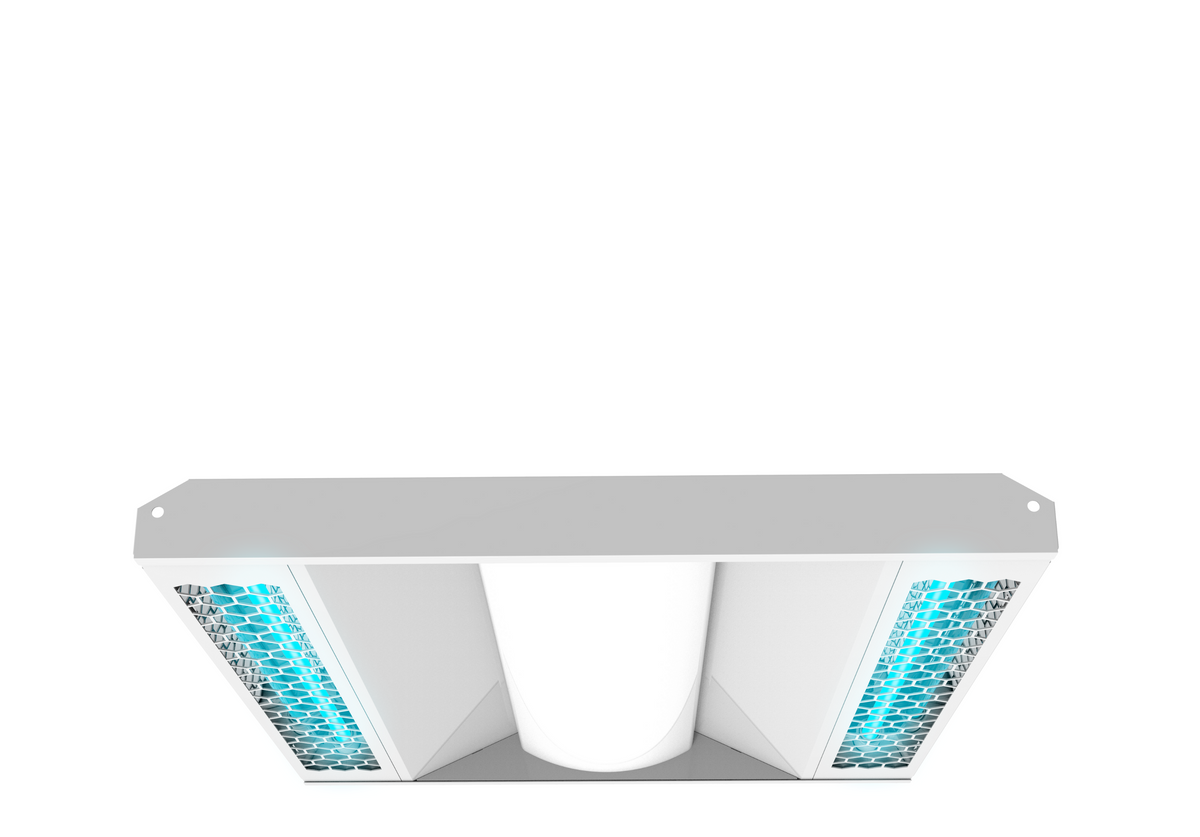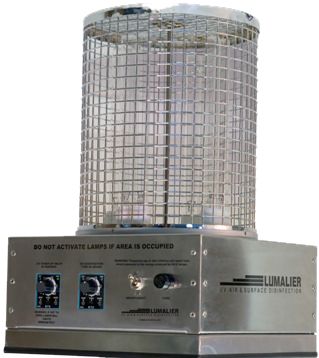Discovering UV Disinfection: An Important Tool in the Fight Against Hazardous Virus
As the world deals with an ever-increasing hazard from harmful pathogens, the search for efficient techniques of sanitation has actually ended up being an immediate priority. One such approach that has garnered substantial attention is UV disinfection. In this discussion, we will certainly delve into the world of UV sanitation, discovering its potential as a crucial tool in the fight against unsafe virus.
How Does UV Disinfection Job?
UV disinfection works by utilizing ultraviolet (UV) light to eliminate unsafe pathogens and avoid their spread. This very efficient method involves using UV radiation to disrupt the DNA and RNA of microorganisms, making them incapable to duplicate and triggering their supreme devastation.
When UV light is utilized for disinfection, it is commonly sent out from a light or light bulb that produces a certain wavelength of UV-C light. uv surface disinfection. This wavelength, ranging from 200 to 280 nanometers, is specifically effective at passing through the outer cell wall surface of microorganisms, infections, and other bacteria. As soon as inside the cell, the UV radiation targets and harms the hereditary material, protecting against the bacterium from triggering and replicating infection
UV disinfection systems are created to discharge the suitable strength and duration of UV light to make certain effective microorganism removal. The dose of UV light needed for disinfection depends on variables such as the kind of microbe, its resistance to UV radiation, and the particular application. In addition, the system should be carefully engineered to ensure correct direct exposure of the target microorganisms and to prevent any type of potential harm to human beings or the setting.
The Benefits of UV Sanitation
UV disinfection offers a multitude of advantages in properly getting rid of unsafe microorganisms and lessening the threat of infection. Unlike traditional disinfection methods that count on chemicals, UV sanitation makes use of ultraviolet light to destroy the DNA and RNA of microbes, making them unable to reproduce and cause infections.
An additional substantial benefit of UV sanitation is its performance in eliminating a variety of microorganisms. UV light has actually been verified to properly remove germs, viruses, fungi, and protozoa, consisting of those that are immune to conventional disinfectants. This broad-spectrum performance makes UV sanitation a functional device in different setups, such as medical care centers, water therapy plants, and food handling sectors.
In addition to its efficacy, UV sanitation additionally supplies fast sanitation cycles. Unlike various other approaches that need prolonged call times or repeated applications, UV sanitation can attain significant microorganism reduction immediately. This effective and quick procedure enables enhanced productivity, decreased downtime, and enhanced general functional effectiveness.
Moreover, UV disinfection is a non-contact technique, which indicates that it does not need direct physical contact with the surfaces or things being disinfected. This function makes it suitable for use on fragile tools and sensitive products that might be damaged or impacted by other sanitation methods.
Applications of UV Disinfection in Medical Care

UV disinfection is likewise utilized in the sterilization of medical devices and instruments. Furthermore, UV sanitation is utilized in water treatment systems within medical care facilities.
Additionally, UV sanitation modern technology is employed in the disinfection of medical care attires and individual safety tools (PPE) By using UV light, healthcare professionals can guarantee that their uniforms and PPE are totally free from microorganisms, stopping the transmission of infections in between clients and healthcare workers.
UV Disinfection in Public Spaces
Public rooms are increasingly executing UV disinfection modern technology as a vital procedure to fight the spread of dangerous microorganisms. With the recurring international pandemic and the continuous risk of infectious conditions, the requirement for effective sanitation methods in public locations has ended up being extremely important. UV disinfection uses a dependable and effective solution in this respect.

UV disinfection systems make use of ultraviolet light to deactivate the DNA and RNA of bacteria, viruses, and various other pathogens. This process disrupts have a peek here their capability to duplicate and render them harmless. These systems can be set up in numerous public rooms, consisting of a/c systems, escalators, elevators, and surface disinfection robotics. The use of UV sanitation technology in public rooms not only aids in decreasing the risk of infection however additionally infuses confidence among the general public concerning their safety and security.
As public rooms remain to adjust to the difficulties postured by transmittable conditions, UV sanitation modern technology plays an essential role in making certain a secure and tidy environment. By implementing such actions, public rooms can successfully reduce the spread of hazardous microorganisms and add to the overall health of the area.
The Future of UV Disinfection Innovation
As the demand for boosted sanitation techniques continues to grow in response to the recurring international pandemic and the constant threat of transmittable conditions, the future of UV sanitation innovation holds promising advancements in making certain a lot more effective and effective pathogen eradication in numerous setups.

One area of improvement is the advancement of more small and portable UV disinfection tools. Additionally, improvements in automation and robotics are being discovered to boost the performance and performance of UV sanitation procedures.
Another location of exploration is making use of UV sanitation in air purification systems. By incorporating UV-C lights into HVAC systems, air-borne pathogens can be properly neutralized, reducing the risk of transmission in interior environments.
Moreover, researchers are examining using UV disinfection in food handling facilities to make certain the safety and security and high quality of food. UV-C light has been located to be effective in getting rid of foodborne pathogens, providing a chemical-free choice to standard sanitation methods.
Conclusion
In conclusion, UV check this sanitation is an important device in the fight against damaging microorganisms. With its capacity to provide a ecologically friendly and chemical-free method of disinfection, UV innovation holds excellent prospective for the future.
UV disinfection systems are made to emit the special info proper strength and duration of UV light to make certain effective microorganism removal. The dose of UV light required for sanitation depends on factors such as the kind of bacterium, its resistance to UV radiation, and the specific application. Unlike conventional sanitation techniques that depend on chemicals, UV disinfection makes use of ultraviolet light to ruin the DNA and RNA of bacteria, providing them unable to reproduce and cause infections.In addition to its efficacy, UV disinfection also supplies quick sanitation cycles. One of the major applications of UV sanitation in health care is in the sanitation of person rooms and running cinemas.